10 sports cars that turned out to be so unsuccessful that they not only failed to make a profit, but led to huge losses. 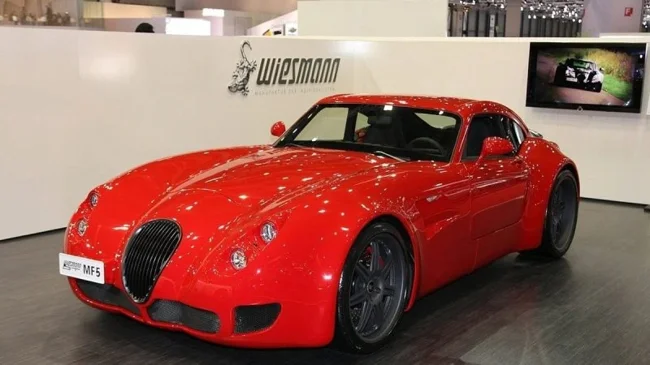
It's no secret that the biggest problem for many small automakers is the financial component, since the development and production of one car can cost a lot of money. Thus, to ensure future success, it is very important that the car sells well enough to recoup all development costs and make a profit. Failure to do so could lead to financial disaster and ultimately bankruptcy. For small companies such problems are especially relevant. I won’t go into great detail about each model, but here are some cars that ruined their companies.
Wiesmann MF5 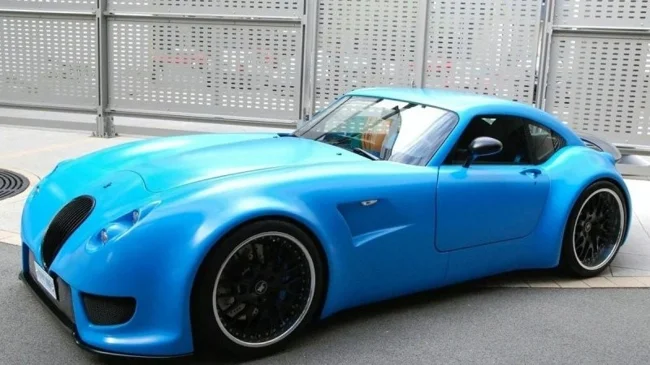
By the time the MF5 debuted in 2009, Wiesmann had been producing cars for over 15 years. All cars had a similar design and all came with powertrains from German automaker BMW. 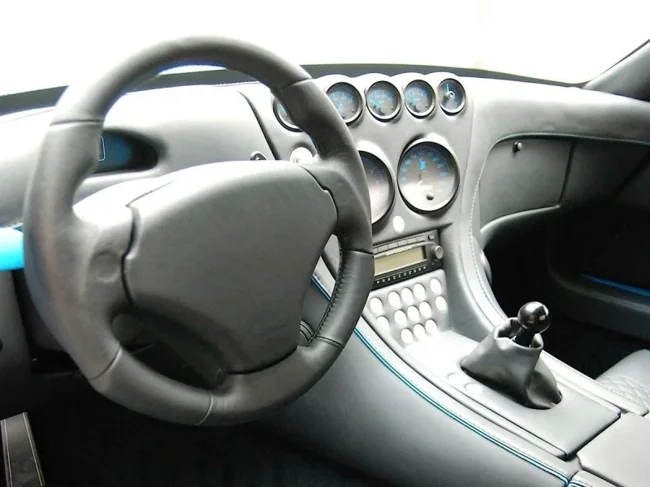
Perhaps this is why the MF5 failed to generate the sales the company hoped for: it was simply too similar to previous Wiesmann cars. It didn't help that the car debuted in the midst of a global recession that had dampened demand for sports cars overall. Without sufficient sales revenue coming into the company's accounts, it was unable to survive and went bankrupt in 2013. 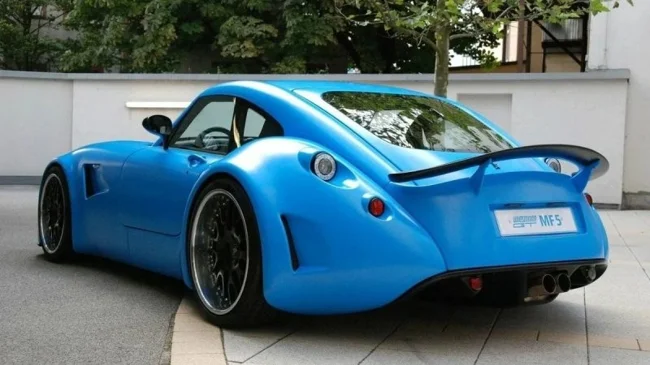
Weber Faster One 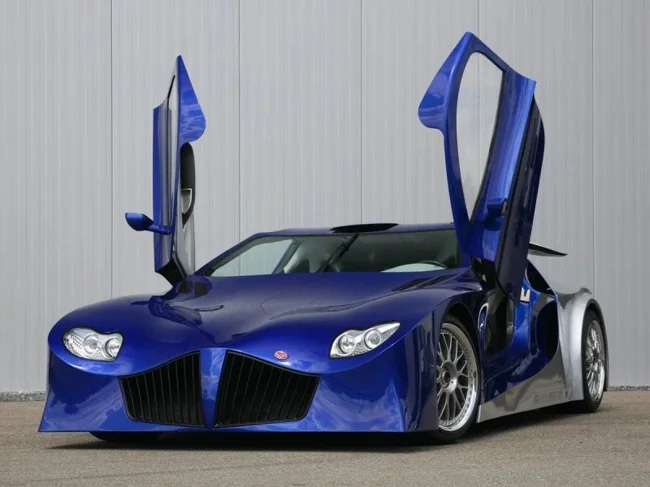
The Swiss company Weber introduced its first sports car, Faster One, in 2008. For a small automaker with no track record, Weber made some very big claims about the car, saying it would be the fastest production car in the world, beating out the Bugatti Veyron. 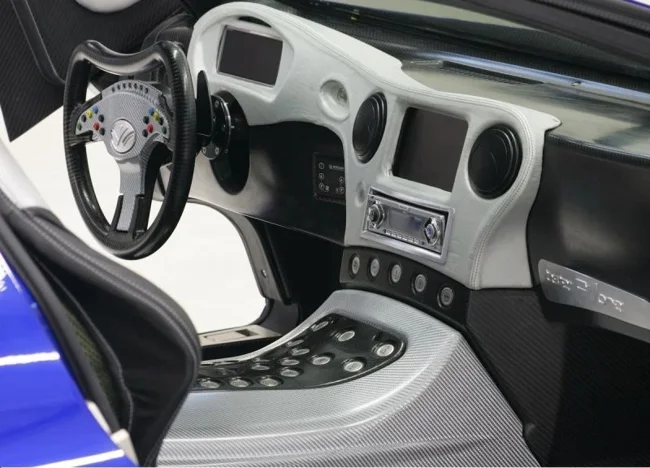
It was also expected to be one of the most expensive new cars in the world, costing around CHF 1.6 million ($1.68 million). No one seemed to believe Weber's claims about their car, or if they did, they didn't believe it enough to buy it. Only one copy of Faster One was produced before the company collapsed. 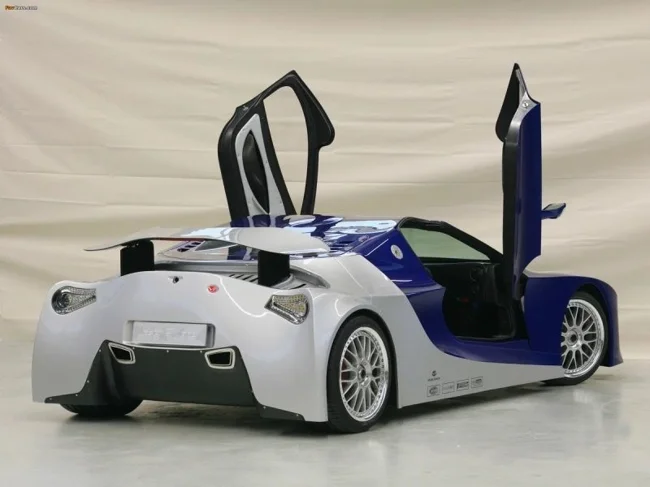
Joss JP1 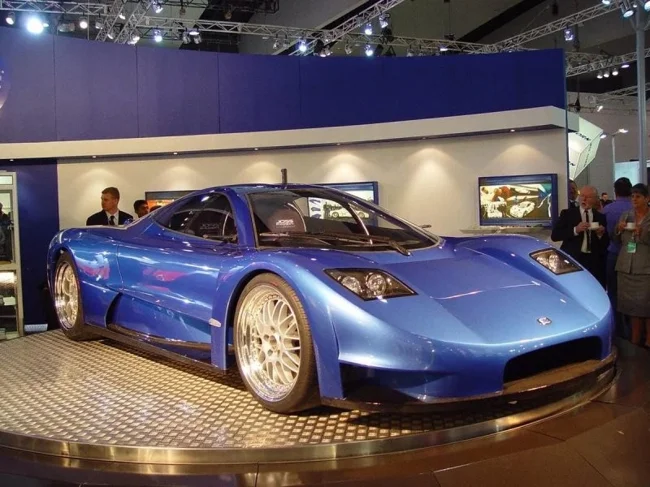
Joss was one of those start-up companies that seemed to have all the necessary “ingredients” to succeed. It burst onto the market in the early 2000s, proudly proclaiming itself to be Australia's first supercar company. Their first car, the JP1, received a lot of media attention and was featured in several high-profile video games of the era, including PGR3 and Forza Motorsport 4. 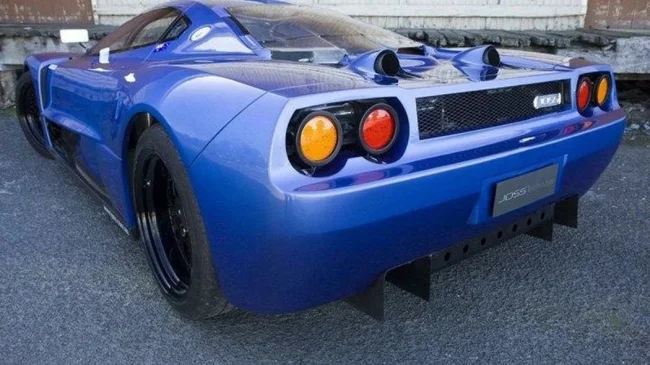
However, this hype never translated into sales, and Joss was never able to find buyers willing to shell out money for it. In 2014, the company turned to crowdfunding in a last-ditch effort to save the project, but even that didn't work and the company was forced to sell its remaining assets and close down shortly thereafter. 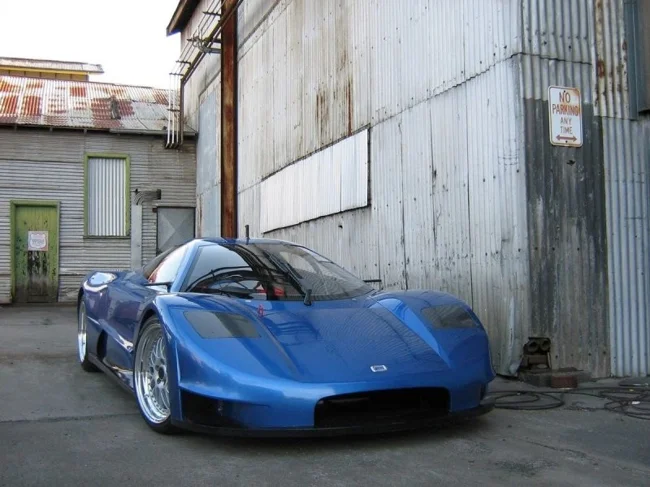
FBS Census 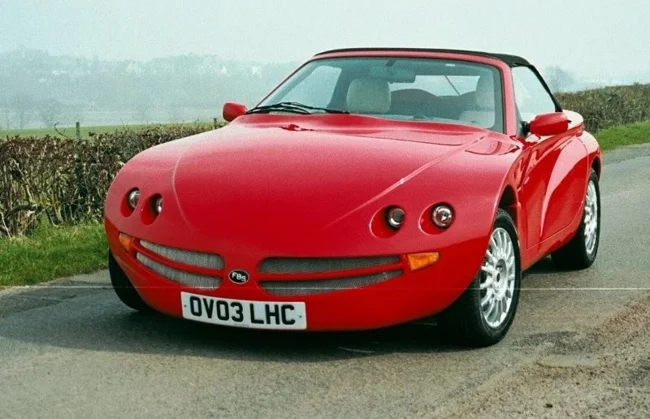
It's rare that a sports car comes along that is both ugly, poorly built and terrible to drive, but the FBS Census includes all three of them. The small British manufacturer aimed to become the next Lotus or Caterham, but instead they collapsed after only eight examples of the Census were built. 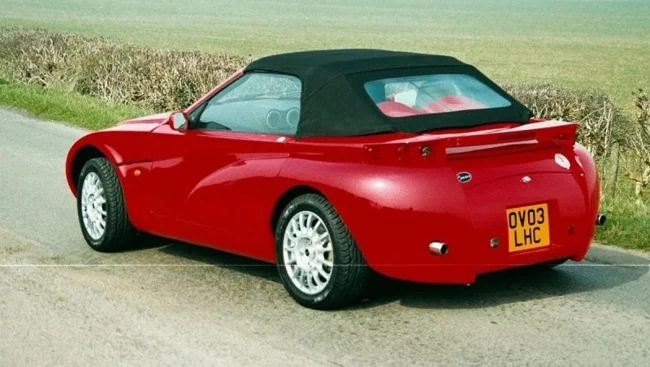
Aside from its terrible looks, the main problem with the Census was that it was made to be a track toy, but was useless to ride. In fact, UK magazine Evo named the car one of the worst they've ever tested. To make matters worse, one of the car's few buyers lost half its value when he put his car up for auction just two years after purchasing it. Few cars are so bad that they lose half their value in two years, but that's probably why FBS went bankrupt after just a few months. 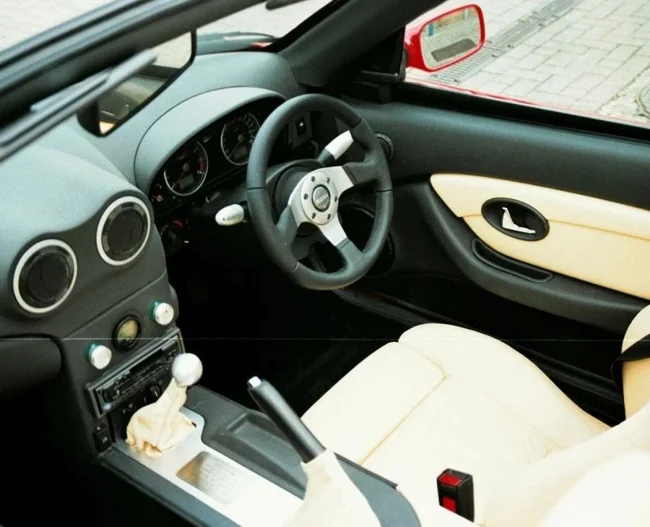
Perana Z-One 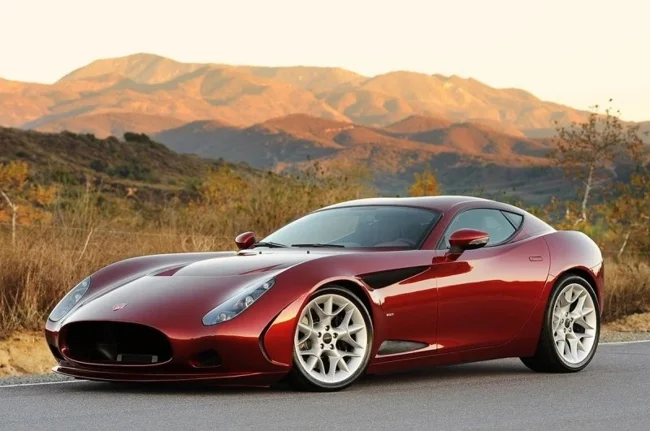
South Africa has a fairly developed automotive industry, but it has never had its own sports car manufacturers. Perana sought to change this, and in 2009 they hired the famous Italian studio Zagato to develop their first car, the Z-One.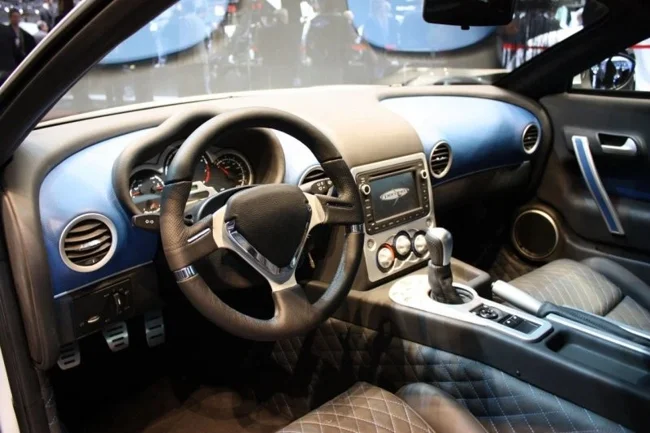
According to executives, they wanted to become the new TVR, with plans for the Z-One to cost less than $100,000 to attract as many customers as possible. This plan failed as the company did not make enough money on the few cars it sold to avoid bankruptcy just a few years later. 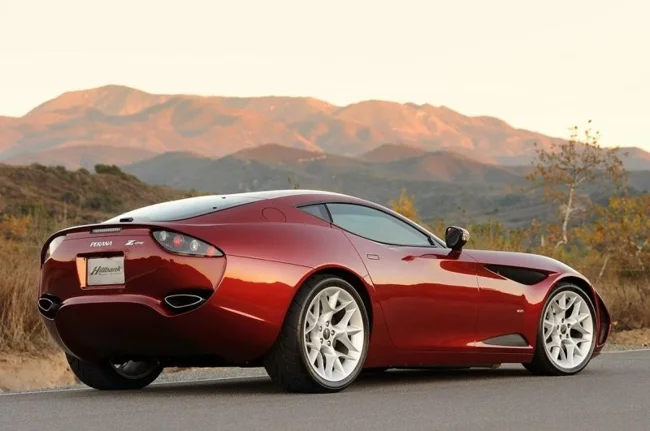
Jensen SV-8 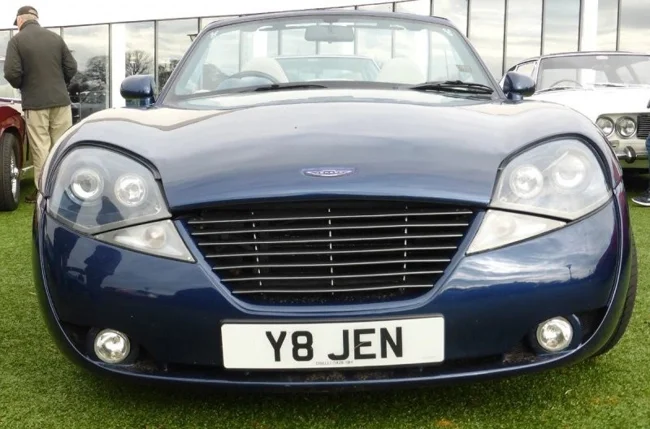
Jensen Motors was an English car manufacturer best known for producing the Jensen Healey and Interceptor, but after lengthy financial problems it closed its doors in 1976. Then, in the late nineties, an attempt was made to revive the brand and a new model was developed. 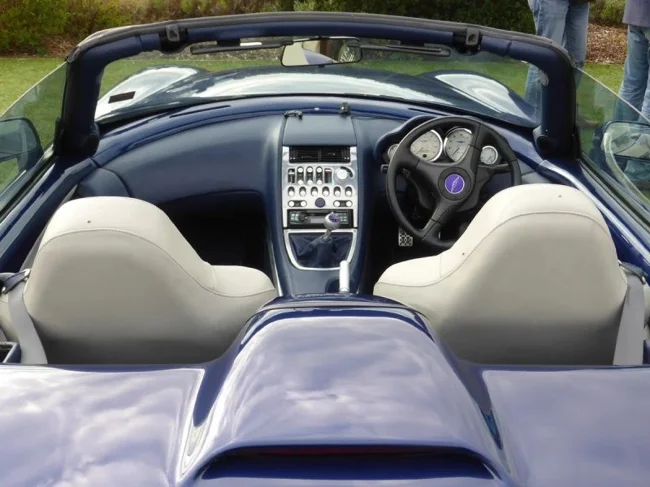
It was unveiled at the 1998 British International Motor Show and the car reportedly received 300 orders, but just a year later the company revealed that most of those orders had been withdrawn, leaving only 110 remaining. Even more orders were eventually cancelled. , and the company went bankrupt in 2002 with only 20 cars built. 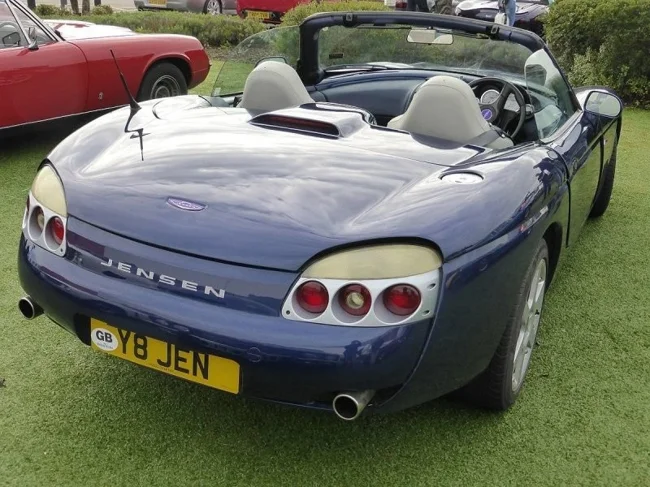
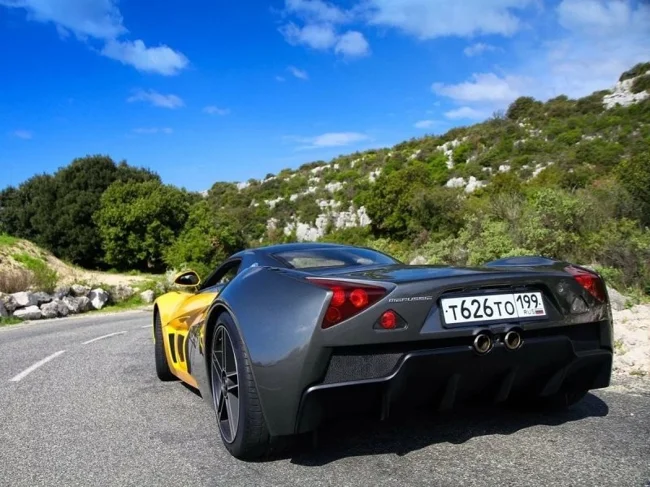
Spyker C8 Preliator 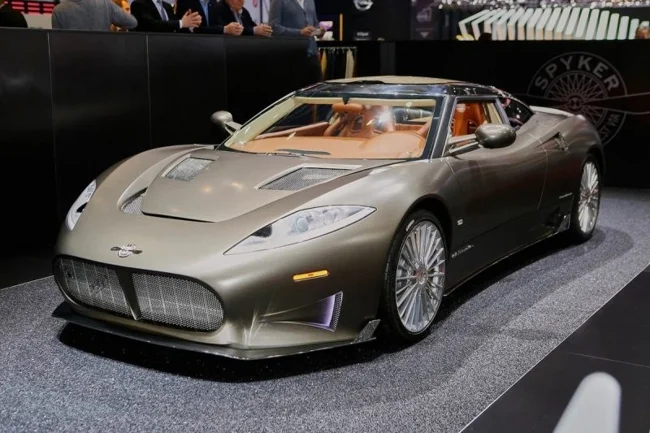
Dutch automaker Spyker has gone bankrupt so many times that it's hard to say which of their cars is the worst, but their latest offering, the C8 Preliator, seems to have finished the company for good. 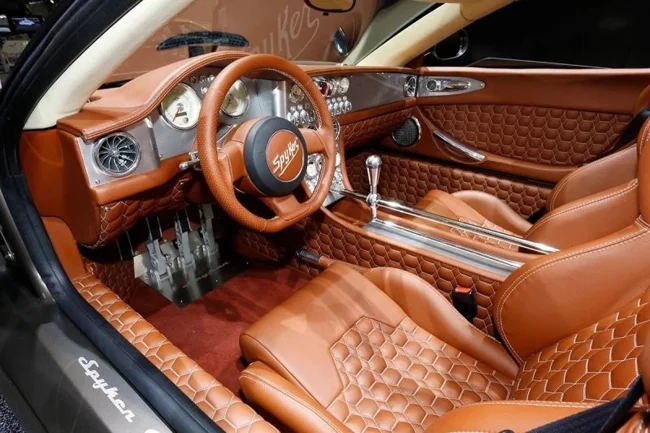
It was supposed to be the latest in their flagship line of C8 models, but no one seemed to want to invest in this model. By the time the company filed for bankruptcy again in 2021, at least one prototype car had been built, but no official sales were reported. 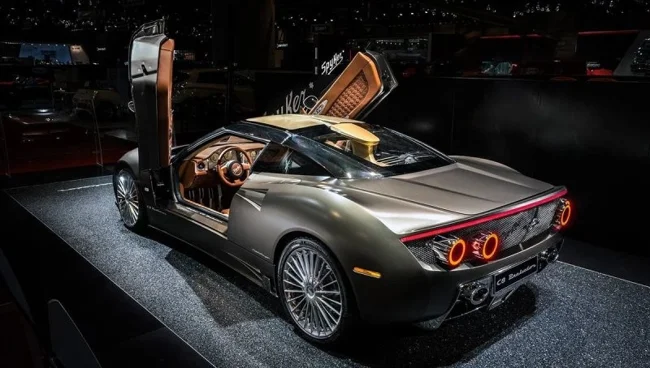
Vector M12 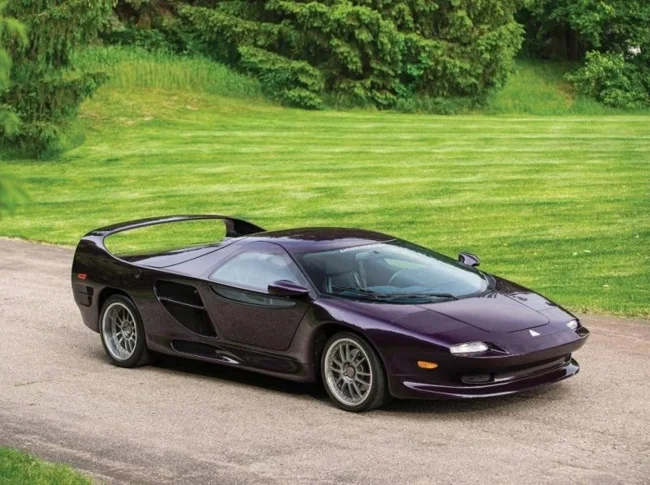
Ironically, the only time they actually managed to make a car, no one bought it. The M12 was originally promised as an all-American supercar, but budget constraints meant it became a modified and reworked Lamborghini Diablo. 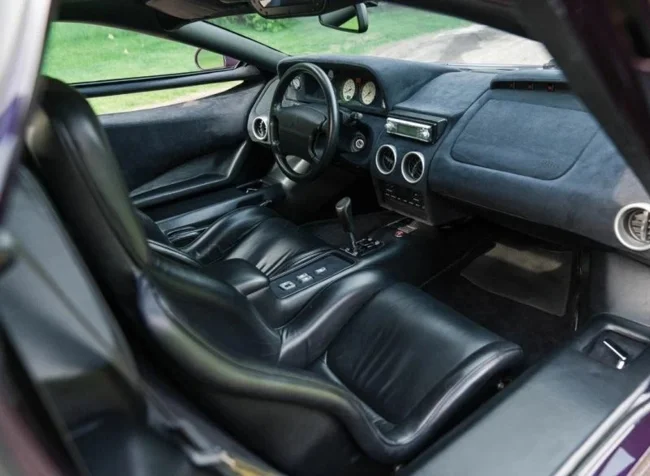
Buyers were not interested since it was not the all-American car they were promised, and the result was that the car was a complete failure. Vector went bankrupt a few years after the M12 was released, but the brand was later bought back by its original owner. Since then, not a single production car has been produced. 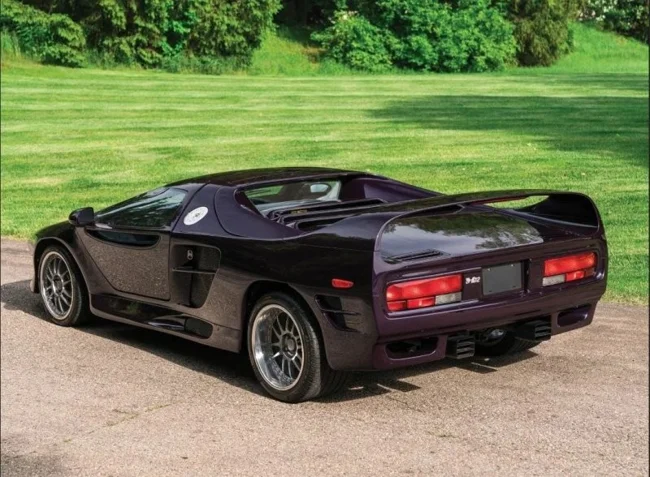
Gumpert Apollo 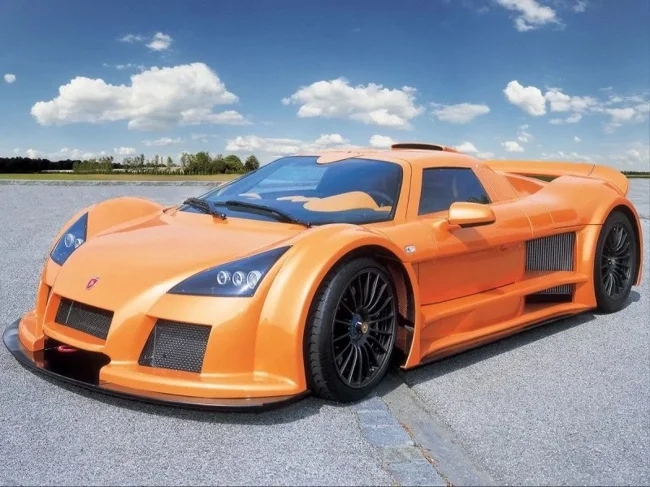
It may not be the best-looking car on the market, but there's no denying that the Gumpert Apollo was very fast. The car debuted in 2005 and was initially quite successful, mainly due to its impressive performance and race-readiness. 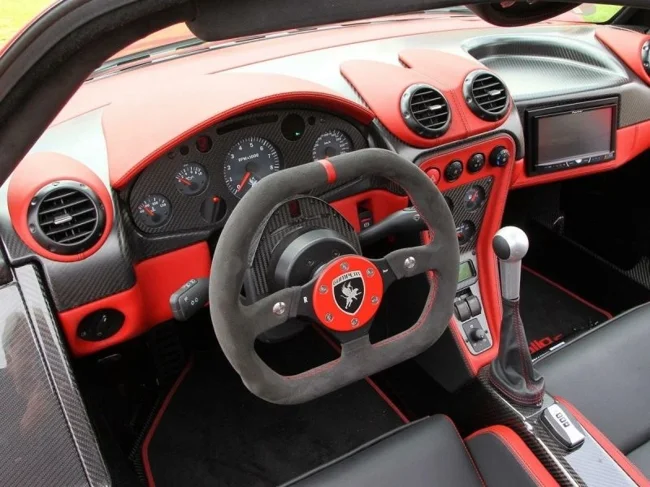
However, the global recession between 2008 and 2010 saw demand for sports cars plummet, and Apollo was one of the victims. No one was any longer interested in buying a fast, but not the most beautiful toy for $600,000, and sales plummeted. The company quickly ran out of cash and eventually filed for bankruptcy in 2013. It is unknown how many were released. 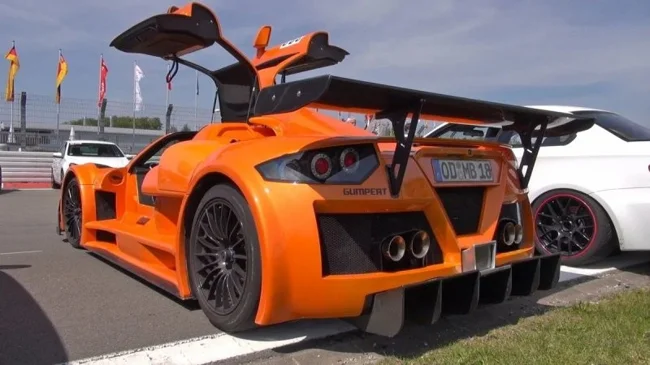
0 comments
